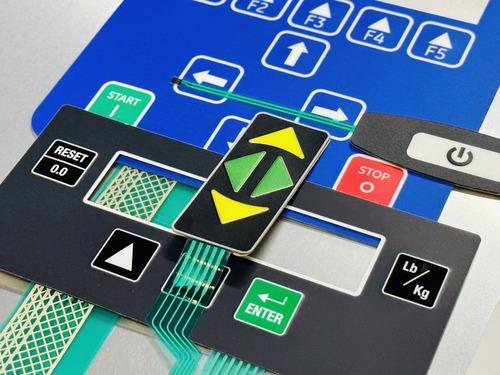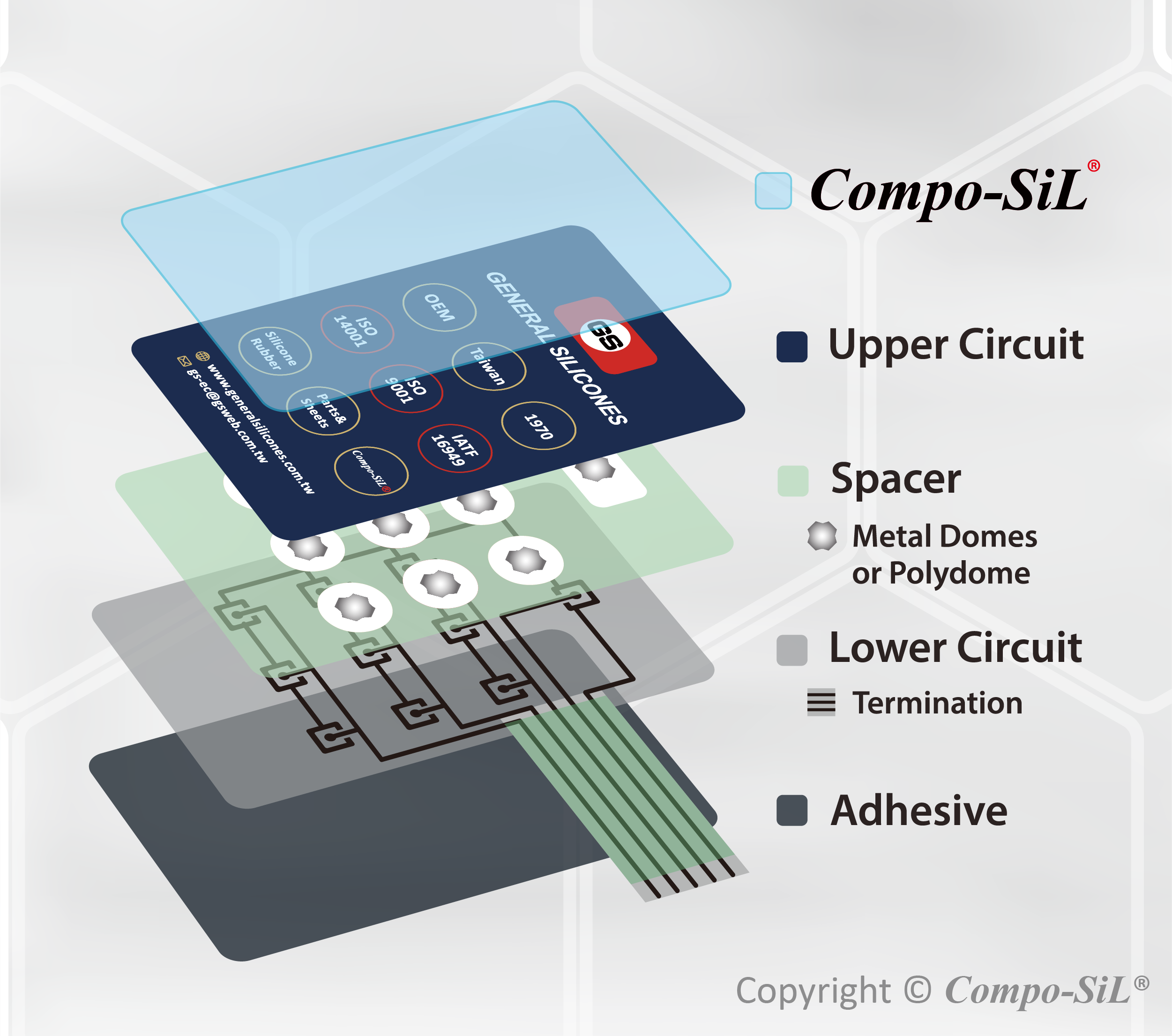Membrane Switches vs. Traditional Switches: What You Need to Know
Comprehending the Significance of Membrane Switches in User User Interfaces
Membrane buttons are integral parts in the design of effective customer interfaces, assisting in not only performance but additionally enhancing visual appeal and individual communication. Their unique functions, such as resistance to personalized styles and ecological factors, make them suitable for a varied array of applications across numerous industries. As we check out the numerous advantages and future patterns connected with Membrane modern technology, it becomes clear that these switches are extra than just components; they stand for a merging of advancement and practicality. The ramifications of this modern technology on user experience are worth taking a look at better.
What Are Membrane Switches?

The spacer layer, which contains adhesive properties, enables the splitting up of the circuit layer from the overlay, ensuring that the button remains in a non-activated state until pressed. When stress is related to the overlay, it compresses the spacer layer, bridging the gap and completing the circuit in the underlying layer. This layout not just decreases the physical area needed for standard mechanical switches however also enhances the toughness of the device, as Membrane buttons are generally immune to dirt, dampness, and various other ecological factors.
Typically discovered in applications ranging from customer electronic devices to clinical devices, Membrane buttons are essential to modern-day innovation, offering a easy to use and reliable interface that lines up with modern layout requirements.
Advantages of Membrane Buttons
While many button innovations exist, Membrane Switches deal unique benefits that make them especially preferable in numerous applications. Among the key advantages of Membrane buttons is their portable layout, which enables space-saving applications in gadgets where realty is restricted. Their slim profile not just boosts aesthetic charm but also facilitates light-weight building and construction.
Another substantial benefit is their resistance to ecological elements. Membrane buttons are typically secured versus wetness, dirt, and contaminants, making them ideal for usage in requiring atmospheres, such as clinical devices and industrial equipment. This durability prolongs the life expectancy of the button, lowering upkeep expenses and enhancing reliability.
In addition, Membrane switches can be personalized to fulfill certain design needs, incorporating unique graphics and colors that improve customer interaction. Their tactile feedback options can additionally be tailored to offer a gratifying user experience. Furthermore, Membrane buttons are cost-effective, especially in high-volume applications, as they can be produced successfully.
Applications in Different Industries

In the customer electronic devices field, Membrane switches are prevalent in gadgets such as microwaves, washing makers, and push-button controls. Their responsive comments and visual alternatives boost individual experience while supplying a smooth, modern-day appearance. Additionally, automotive This Site makers utilize Membrane switches in dashboard controls and infotainment systems, where room is limited, and customer interaction is crucial.
In addition, the industrial sector leverages Membrane buttons in control panels for machinery and tools, permitting instinctive operation in commonly harsh atmospheres. Their check over here resistance to chemicals and moisture guarantees long life and reliability in these applications. Generally, the adaptability of Membrane Switches adds significantly to their extensive usage, making them essential in different technical domains.
Style Factors To Consider for Membrane Buttons

When designing Membrane switches, a number of crucial factors to consider have to be thought about to guarantee ideal performance and customer experience. The selection of products is essential; picking long lasting, top quality substrates can enhance the next page button's long life and resistance to ecological variables such as wetness and temperature level changes.
Secondly, the design of the visuals overlay should prioritize quality and convenience of usage. Icons and text must be legible, and the format needs to assist in user-friendly interaction (membrane switches). Additionally, responsive comments is vital; integrating a tactile dome or various other systems can enhance the customer experience by giving physical confirmation of activation
Another vital aspect is the switch's electric efficiency. Designers must make certain that the conductive traces are appropriately developed to minimize resistance and stay clear of signal interference. This entails evaluating the required actuation pressure and guaranteeing compatibility with the digital elements they will certainly user interface with.

Future Fads in Membrane Innovation
As technology remains to advance, Membrane buttons are poised to progress significantly, driven by advancements in materials and manufacturing strategies. One emerging fad is the incorporation of sophisticated products, such as conductive inks and flexible substratums, which improve longevity and decrease the general weight of Membrane switches. These materials not only boost the responsive reaction however additionally permit the style of buttons that can hold up against harsher environmental conditions.
Moreover, the assimilation of touch-sensitive technologies is transforming conventional Membrane Switches into even more interactive interface. Capacitive touch sensors embedded within Membrane switch panels can offer a much more receptive and instinctive user experience, aligning with the growing demand for smooth, contemporary styles in customer electronic devices.
In addition, innovations in printing techniques, such as electronic and 3D printing, enable quick prototyping and personalization of Membrane switches. This flexibility allows producers to respond faster to market demands and customer choices.
Last but not least, sustainability is ending up being a substantial focus, with manufacturers exploring eco-friendly materials and procedures. As these fads unravel, the future of Membrane innovation promises enhanced capability, visual charm, and environmental responsibility, solidifying their duty in innovative interface across various industries.
Verdict
In final thought, Membrane Switches represent an essential element in the layout of individual interfaces, incorporating functionality with visual flexibility. As improvements in modern technology continue, the advancement of Membrane switches is anticipated to more fine-tune customer interfaces, driving innovation and enhancing use in an increasingly complicated technical landscape.
Membrane switches are important parts in the design of efficient customer interfaces, facilitating not only performance yet also enhancing aesthetic allure and customer interaction.Membrane Switches serve as a crucial part in various user interfaces, assisting in a smooth communication in between users and electronic devices.While many button modern technologies exist, Membrane Switches deal distinctive advantages that make them particularly desirable in various applications.Furthermore, Membrane switches can be personalized to satisfy certain layout needs, including one-of-a-kind graphics and shades that boost customer communication.In verdict, Membrane Switches stand for a crucial element in the style of individual interfaces, integrating performance with aesthetic versatility.